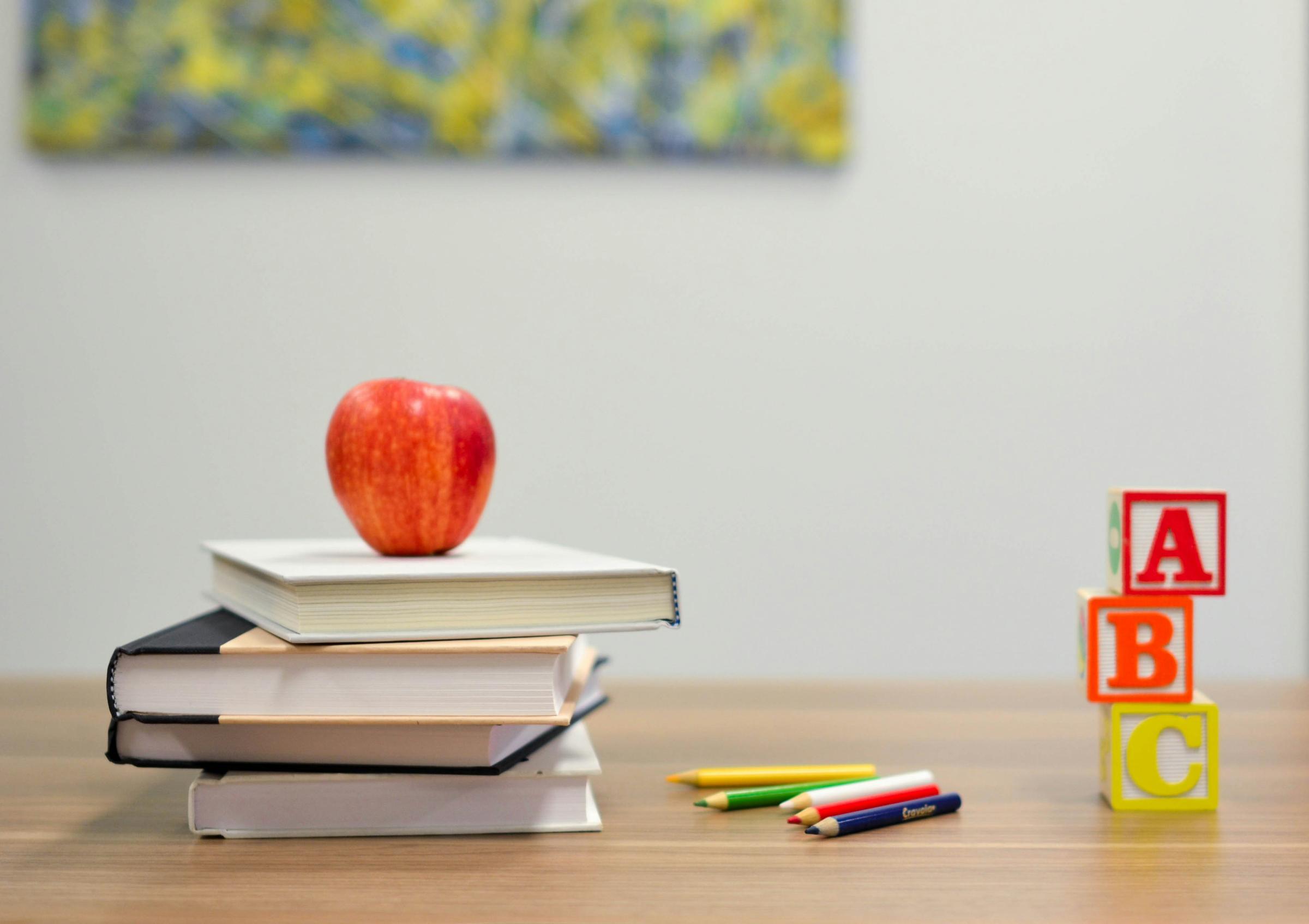When early years educators encourage parents and families to confidently notice, explore and talk about mathematics in everyday activities, their young children’s learning flourishes (Smith Family 2015).
National Assessment Program Literacy and Numeracy (NAPLAN) data from states where children spent longer periods in remote learning would seem to indicate that it is harder for parents to support their children in Numeracy in comparison to Literacy. However, research shows that parents and carers can give their young children a boost in learning mathematics by noticing, exploring and talking about maths during everyday activities at home or out and about (Phillipson, Gervasoni & Sullivan 2017). The mathematical knowledge developed before school is predictive of literacy and numeracy achievements in later grades, so it is important that parents play a key role in helping their children learn mathematics concepts involving time, shape, measurement and number.
Parents are encouraged to provide opportunities for the following activities at home:
- Comparing objects and describing which is longer, shorter, heavier or holds less
- Playing with and describing two-dimensional shapes and three-dimensional objects
- Describing where things are positioned, for example, north, outside, behind, opposite
- Describing, copying, and extending patterns found in everyday situations.
- Using time-words to describe points in time, events and routines (including days, months, seasons and celebrations)
- Comparing and talking about the duration of everyday events and the sequence in which they occur
- Saying number names forward in sequence to 10 (and eventually to 20 and beyond)
- Using numbers to describe and compare collections
- Using perceptual and conceptual subitising (recognising quantities based on visual patterns), counting and matching to compare the number of items in one collection with another
- Showing different ways to make a total (at first with models and small numbers)
- Matching number names, symbols and quantities up to 10’ (Phillipson, Gervasoni & Sullivan 2017)
- Explore maps, shapes and money
- Play children’s card games and games involving dice, such as snakes and ladders
During everyday activities with children, such as walking to school or playing in the garden:
- bring their attention to the objects around them that they are interested in – houses, cars, trees, signs
- guess the distance walked, in order to create a mental benchmark of metres and kilometres
- look at insects or small pebbles, highlighting millimetres or centimetres to encourage the need of using appropriate different metric units
- talk about the shapes and sizes of the objects, talk about and look for similarities and differences (for example, let’s find a taller tree or a heavier rock)
- count the number of cars parked in the street or time how long it takes to reach the next corner
- talk about the shapes within the objects, or the sizes of the objects
- talk about and look for similarities and differences (for example, let’s find a taller tree or a heavier rock)
- count the number of cars parked in the street or time how long it takes to reach the next corner
- discuss the temperature and how that feels
- discuss the speed of your walking pace
- explore sharing and dividing objects that are whole or in half to develop the understanding of equal groups and fairness.
So, from the earliest of ages, engage your child in the world around them, being descriptive and using mathematical words, and build on what they notice about shapes, numbers and measures as they learn. It is never too soon to begin these activities - babies who are only weeks old notice differences in shapes and the number of objects in their line of sight.
For more information, visit Numeracy@Home.
Laura Leung
Learning and Teaching
Adapted from Dr Simon Lindsay and James Giannopoulos at Melbourne Archdiocese Catholic Schools (MACS).
